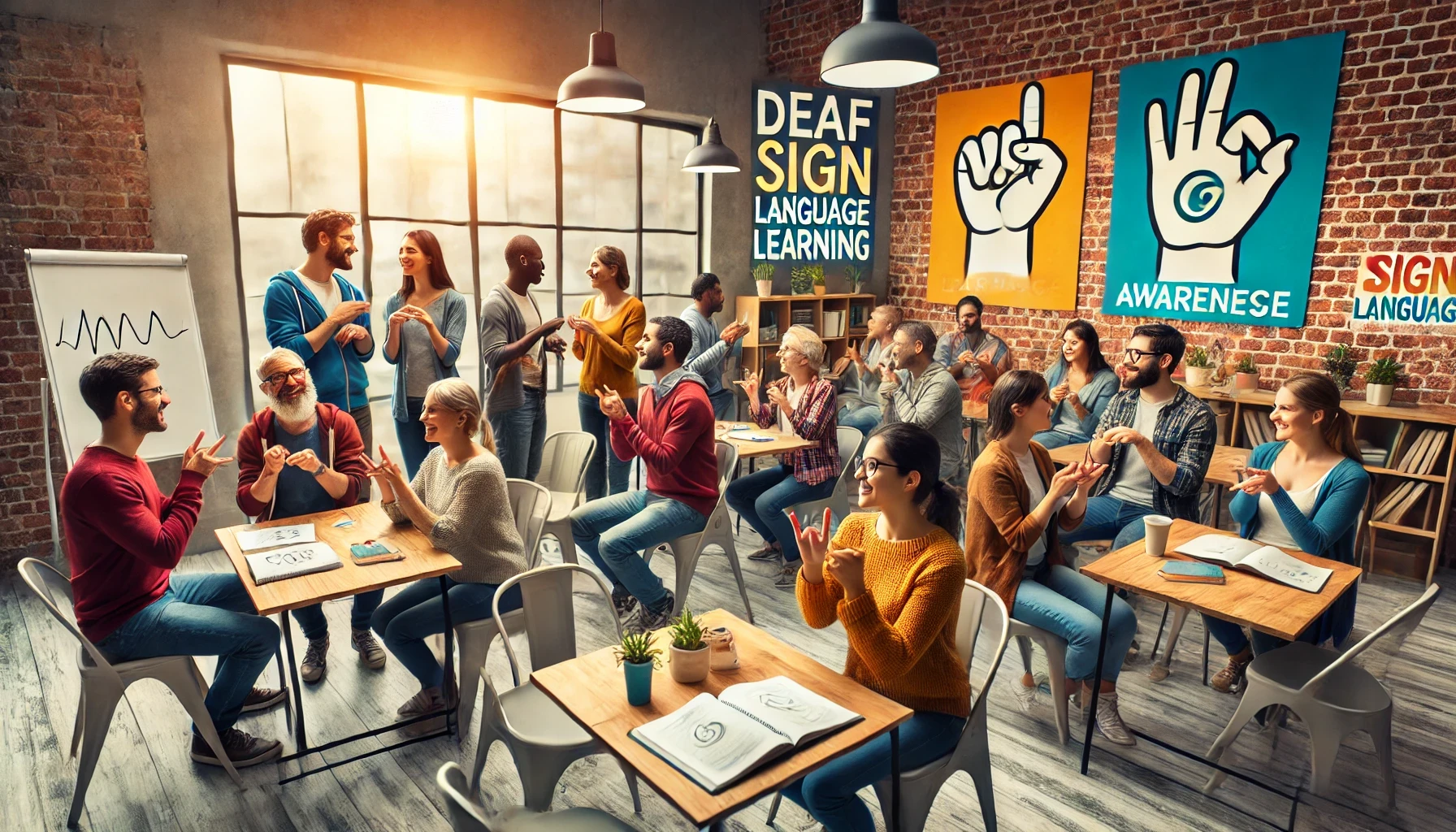M.E. Foundation INC © 2023 All rights reserved

Hello, incredible parents and caregivers! September is a significant month for raising awareness about the Deaf community, as it features International Week of the Deaf and the International Day of Sign Language. This month is all about promoting inclusion, understanding, and advocating for the rights of deaf individuals. Whether your child has hearing loss or you’re looking to support the Deaf community, this guide offers insights and resources on how to engage meaningfully and foster inclusivity.
Deaf Awareness is about more than just recognizing hearing loss—it’s about understanding the rich culture, language, and history of the Deaf community. Deaf individuals often use sign language to communicate, and they experience the world differently from those who hear. It’s crucial to recognize the value of this diversity and work toward creating inclusive environments where people of all abilities can thrive.
Deaf Awareness Month encourages society to better understand the barriers deaf individuals face. While advancements in technology, like hearing aids and cochlear implants, have helped some, many individuals within the Deaf community rely on sign language and visual communication. Understanding and acknowledging these needs are essential for inclusivity.
Deaf Culture and Identity: Deafness is not a limitation—it’s a unique identity. The Deaf community has its own culture, with American Sign Language (ASL) serving as a vital communication tool in the U.S. Learning about Deaf culture can help people understand that communication goes beyond spoken words. Deaf individuals deserve to have their identity, language, and community respected.
There are many ways that families, educators, and communities can support the Deaf community and promote inclusion.
The International Day of Sign Languages (September 23rd) is a day to recognize the importance of sign languages as a way to communicate and connect. This day highlights the critical role sign languages play in supporting the rights of Deaf individuals and promoting access to services.
Why Sign Language Matters: Sign languages are complete, natural languages, each with its own grammar, syntax, and vocabulary. Recognizing and using sign language is an important step toward inclusivity. In many countries, Deaf individuals face communication barriers due to a lack of sign language services in healthcare, education, and other critical areas. Promoting the use of sign language is one way to break down these barriers.
Ways to Celebrate International Day of Sign Languages:Here are some ways families and communities can celebrate and promote the use of sign language:
Host a Sign Language Workshop: Organize a sign language workshop in your school, community, or even at home. Invite Deaf individuals to lead the class if possible.
Raise Awareness Online: Use social media to share information about Deaf culture and the importance of sign languages. Participate in online campaigns promoting Deaf awareness.
Encourage Others to Learn ASL: Spread the word about the importance of learning sign language. Encourage friends, family, and coworkers to start learning basic ASL phrases.
As advocates for inclusive sports, we recognize the significance of raising awareness about the potential of children with disabilities. Our initiatives go beyond the sports arena, encompassing workshops, seminars, and awareness campaigns that educate the public about the importance of fostering an inclusive society.
While progress has been made, there are still misconceptions about deafness that can create unnecessary barriers. It’s important to clear up these misunderstandings:
Families play an essential role in advocating for their Deaf children and creating an inclusive environment.
Deaf Awareness Month is a time to celebrate the Deaf community and promote inclusion, accessibility, and understanding. By learning sign language, advocating for accessibility, and supporting Deaf-owned businesses, we can all contribute to making society more inclusive. Let’s take this month to recognize and celebrate Deaf culture and continue advocating for the rights of Deaf individuals.
M.E. Foundation INC © 2023 All rights reserved